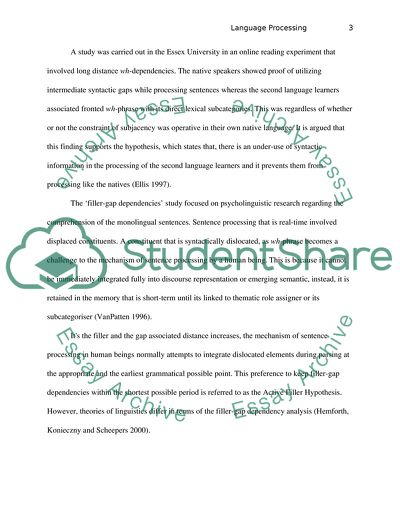Cite this document
(Language Processing Case Study Example | Topics and Well Written Essays - 2000 words, n.d.)
Language Processing Case Study Example | Topics and Well Written Essays - 2000 words. https://studentshare.org/education/1772981-language-processing
Language Processing Case Study Example | Topics and Well Written Essays - 2000 words. https://studentshare.org/education/1772981-language-processing
(Language Processing Case Study Example | Topics and Well Written Essays - 2000 Words)
Language Processing Case Study Example | Topics and Well Written Essays - 2000 Words. https://studentshare.org/education/1772981-language-processing.
Language Processing Case Study Example | Topics and Well Written Essays - 2000 Words. https://studentshare.org/education/1772981-language-processing.
“Language Processing Case Study Example | Topics and Well Written Essays - 2000 Words”. https://studentshare.org/education/1772981-language-processing.


